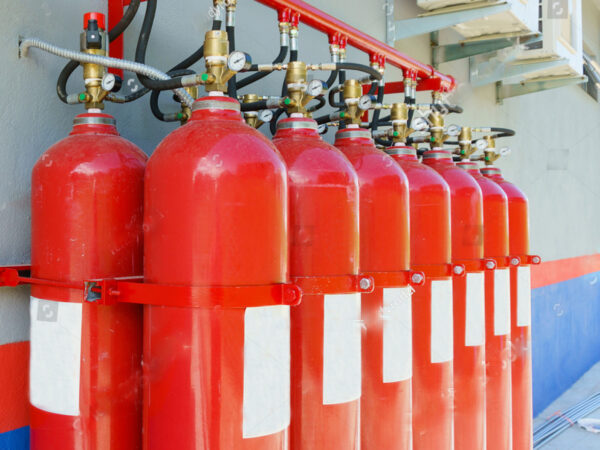Carbon Dioxide
General Information About Carbon Dioxide

Formulation:
CO2, a simple molecule, consists of one carbon atom bonded to two oxygen atoms (CO₂). It naturally arises from various processes, including:
- All living organisms exhale CO2 as a byproduct of energy production.
- Organic matter breakdown by bacteria and fungi releases CO2.
- Volcanic degassing releases CO2 trapped within Earth's interior.
- Burning fossil fuels and biomass releases CO2 as a byproduct of oxidation.
Pros and Cons of Carbon Dioxide:
Plants absorb CO2 from the atmosphere to fuel their growth, releasing oxygen in return. This vital cycle sustains life on Earth.
CO2 dissolved in water forms carbonate rocks, crucial for geological formations and construction materials like limestone and marble.
CO2 acts as a leavening agent in baked goods, carbonates soft drinks, and preserves food through its antimicrobial properties.
CO2 displaces oxygen, extinguishing flames without leaving residue, making it ideal for enclosed spaces.
CO2 lasers find use in various surgical procedures, while high-pressure CO2 injections help treat certain skin conditions.
CO2 traps heat in the atmosphere, contributing to global warming. Anthropogenic emissions from human activities like fossil fuel burning are causing an alarming rise in atmospheric CO2 concentrations, disrupting Earth’s delicate climate balance.
Increased CO2 absorption by oceans lowers their pH, making them more acidic and harming marine life.
High CO2 concentrations can contribute to smog formation and respiratory problems.
Balancing the Equation:
Transitioning to renewable energy sources and promoting energy efficiency are crucial to curbing CO2 emissions and mitigating climate change.
Technologies that capture CO2 from emissions and store it underground or utilize it in industrial processes hold promise for reducing atmospheric CO2 levels.
Adopting sustainable agricultural and forestry practices can help sequester carbon and reduce CO2 emissions.
Research and development into new technologies like carbon capture and utilization, and negative emissions technologies that remove CO2 from the atmosphere, are key to addressing the CO2 challenge.
Conclusion:
CO2’s story is a complex one, woven with threads of life, industry, and climate. By understanding its multifaceted nature and embracing responsible practices, we can harness its benefits while mitigating its downsides, paving the way for a sustainable future where CO2 finds its rightful place – not as a villain, but as a carefully managed element in the grand drama of life on Earth.






